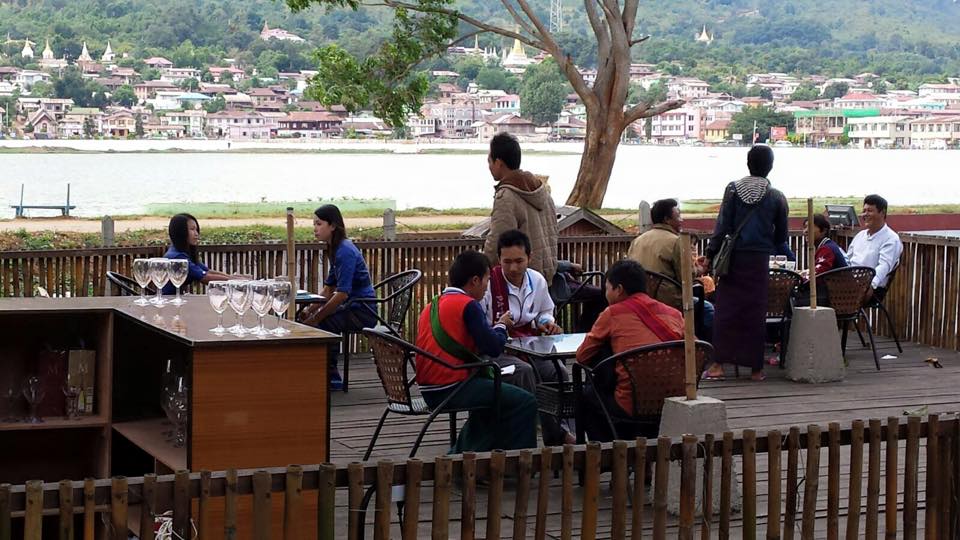Pindaya on:
[Wikipedia]
[Google]
[Amazon]
Pindaya ( my, ပင်းတယမြို့ ''Pìñṯáyá myoú'') is a town in the

Land of Harmony, Spirit of Grace: A Journey through Pindaya
Debbie Jefkin-Elnekave, December 2003, PSA Journal
Flickr photos
{{Authority control Populated places in Shan State Township capitals of Myanmar
Shan State
Shan State ( my, ရှမ်းပြည်နယ်, ; shn, မိူင်းတႆး, italics=no) also known by the endonyms Shanland, Muang Tai, and Tailong, is a state of Myanmar. Shan State borders China (Yunnan) to the north, Laos ...
of Burma
Myanmar, ; UK pronunciations: US pronunciations incl. . Note: Wikipedia's IPA conventions require indicating /r/ even in British English although only some British English speakers pronounce r at the end of syllables. As John C. Wells, Joh ...
. It is located in the west of the state in Pindaya Township in Taunggyi District
Taunggyi District ( my, တောင်ကြီးခရိုင်) is a district of Shan State in Burma. The principal town and administrative center is Taunggyi. This district has 12 towns and 3001 villages.
Popular tourist sites, Inle Lake ...
. Mainly famous for its limestone
Limestone ( calcium carbonate ) is a type of carbonate sedimentary rock which is the main source of the material lime. It is composed mostly of the minerals calcite and aragonite, which are different crystal forms of . Limestone forms w ...
caves called Pindaya Caves
The Pindaya Caves ( my, ပင်းတယရွှေဥမင်, ; officially ), located next to the town of Pindaya, Shan State, Burma (Myanmar) are a Buddhist pilgrimage site and a tourist attraction located on a limestone ridge in the Myel ...
where thousands of Buddha
Siddhartha Gautama, most commonly referred to as the Buddha, was a wandering ascetic and religious teacher who lived in South Asia during the 6th or 5th century BCE and founded Buddhism.
According to Buddhist tradition, he was born in L ...
images have been consecrated for worship over the centuries, it is also one of the towns that host an itinerant market every fifth day.
Etymology
According to local legend, the term ''Pindaya'' is a corruption of the word Pinguya, which translates to ''Taken the Spider'' in Burmese. The name arose from the legend that there was once a large spider which resided in the caves and it had captured a local princess. The princess was rescued when the giant spider was slain by a prince using a bow and arrow. When the spider was killed, the prince was said to have exclaimed that he had taken the spider, that is to kill it. Thus, the exclamation became the name of the region, and from it Pindaya received its name.Attractions
ThePindaya Caves
The Pindaya Caves ( my, ပင်းတယရွှေဥမင်, ; officially ), located next to the town of Pindaya, Shan State, Burma (Myanmar) are a Buddhist pilgrimage site and a tourist attraction located on a limestone ridge in the Myel ...
, a mild 45 minute walk away from the town, are the most famous attraction the town has to offer. Another lesser known attraction is the PlanBee Beekeeping Center. Visitors can test and buy pure organically made local honey and other bee products while enjoying a cup of coffee and the gorgeous view of Pone Taloke Lake.

References
External links
Land of Harmony, Spirit of Grace: A Journey through Pindaya
Debbie Jefkin-Elnekave, December 2003, PSA Journal
Flickr photos
{{Authority control Populated places in Shan State Township capitals of Myanmar